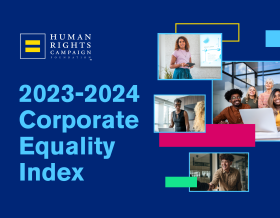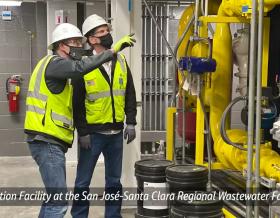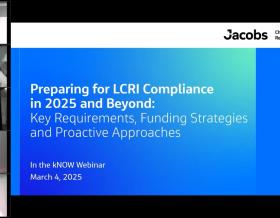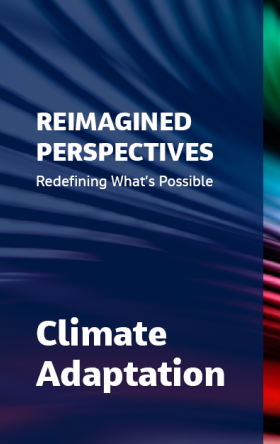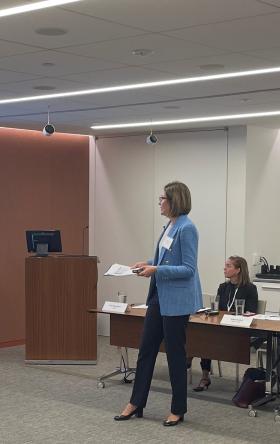
Per- and polyfluoroalkyl substances (PFAS) are complex synthetic chemical compounds known for their durability, heat resistance and chemical stability. While PFAS are prevalent across the life sciences industry, some present risks to human health and the environment, requiring the industry to carefully manage their use.
A holistic approach, supported by multi-stakeholder engagement, is key to addressing this multifaceted challenge.
The complex reality of PFAS in life sciences
Across the life sciences supply chain, PFAS are entrenched in chemicals, materials, components and equipment used for manufacturing, facility construction, operations and research and development.
In manufacturing and operations, these compounds are found in essential chemicals, process equipment, consumables and packaging, raising the risk of introduction into pharmaceutical products, including consumer medicines, while increasing environmental impacts.
End-of-use waste containing PFAS becomes an environmental issue if not properly managed as the complexity and diversity of PFAS complicates conventional waste handling procedures and raises concerns around circularity. Companies must also contend with discharge from process water, stormwater runoff and emissions from solid waste facilities, all of which can release PFAS into the environment.
Legacy infrastructure adds another layer of complexity. Many existing fire suppression systems rely on fluorinated foams, which regulators are phasing out because of their risks to firefighters and the environment. Retrofitting these systems requires costly upgrades and careful planning for aqueous film-forming foam (AFFF) containment, disposal and transition to new foams, all while minimizing operational disruption.
Without a full understanding of PFAS across a facility’s life cycle and supply chain, organizations risk underestimating compliance obligations or overlooking liabilities tied to land, water and waste—all of which can trigger regulatory scrutiny and reputational damage.
Although PFAS use is widespread across the sector, the industry is only beginning to address the challenge. Companies often lack cohesive policies, leading to silos that hinder collaboration across departments and functions and barriers to complying with evolving regulations.
From risk to resilience: A roadmap for PFAS management
Organizational culture must evolve, with cohesive policies, clear communication and coordination across departments. This alignment supports a holistic approach that mitigates PFAS risk, ensures compliance with shifting regulatory requirements and protects reputational value.
A cohesive corporate PFAS reduction framework should include maturity assessments across the business and supply chain, ongoing monitoring and reporting protocols, and heat maps that prioritize high-risk assets and processes. In the United Kingdom, for example, Jacobs’ partner PA Consulting developed a rapid cycle analytics tool that integrates global medical and supply chain data. The model provided a tailored risk assessment of pharmaceutical supply chain resilience, helping organizations visualize interdependencies and pinpoint vulnerabilities—exactly the type of insight needed to identify PFAS risks across complex networks.
Assessing the feasibility of PFAS alternatives is equally important. Active engagement with vendors and solutions providers ensures clarity on replacement materials and keeps companies informed of emerging innovations. In North Carolina, when alcohol-resistant AFFF was banned, Jacobs worked with a pharmaceutical client to redesign its fire suppression system with fluorine-free alternatives. This proactive collaboration ensured regulatory compliance, safeguarded safety standards and demonstrated how early action can limit liabilities.
Waste management must also evolve. Manufacturers need updated testing, segregation and management methodologies that emphasize reuse and repurposing while de-prioritizing landfill and reducing incineration. A biotech center project in Switzerland illustrates this approach: Jacobs delivered an integrated facility design that included advanced bioprocessing technologies and Good Manufacturing Practices -aligned segregation of liquid and solid waste streams. The system tracked high-potency compounds and solvent drains from generation to disposal, embedding sustainability and risk management directly into operations.
Digital solutions further strengthen these strategies. Regulation trackers, PFAS supply chain mapping systems and compound fingerprinting platforms such as Jacobs’ Pfluorensics toolset can map, identify and characterize compounds at multiple sources—from firefighting foams to wastewater treatment facilities.
Finally, companies should recognize the opportunity to act early. Investments in PFAS-free infrastructure and transparent stakeholder engagement reduce long-term liabilities while unlocking market advantages. In a competitive landscape where sustainability is tied to trust, early movers in PFAS risk mitigation will be better positioned to build resilience and protect reputational value.
To address a challenge of this scale, the life sciences industry needs a mindset shift. Organizational culture must evolve, with cohesive policies, clear communication and coordination across departments. This alignment supports a holistic approach that mitigates PFAS risk, ensures compliance with shifting regulatory requirements and protects reputational value.
The path forward for PFAS in life sciences
The life sciences industry is at a critical juncture. It must address the prevalence of PFAS across operations, manufacturing and the broader supply chain, while ensuring compliance with evolving regulations.
The path forward begins with a shift in organizational thinking and cross-departmental collaboration. A holistic approach will help mitigate environmental and health impacts, align with corporate sustainability goals and strengthen operational resilience.
By embracing this shift, the industry can build trust, protect reputational value and ensure long-term sustainability.
About the authors

Dora Chiang is a global principal for PFAS and emerging contaminants at Jacobs. She has a Ph.D. in environmental engineering from Georgia Institute of Technology and 25 years of global experience in contaminated site investigating and remediation. Since 2000, she has developed PFAS solutions and strategies while building organizations' PFAS practices. Dora has collaborated with universities, technology providers and clients to demonstrate innovative solutions for emerging contaminants.

Maria Elena Gasperini is a sustainability director for life sciences at Jacobs. With a master’s degree in chemical engineering and 25 years of experience in the pharmaceutical and industrial markets, she specializes in developing sustainability strategies and solutions to support clients in achieving their ESG goals. She is a member of the board of the Green Building Council Italia, and she is also part of the Italian board of the #BuildingLife Initiative, promoted by the World Green-Building Council.

